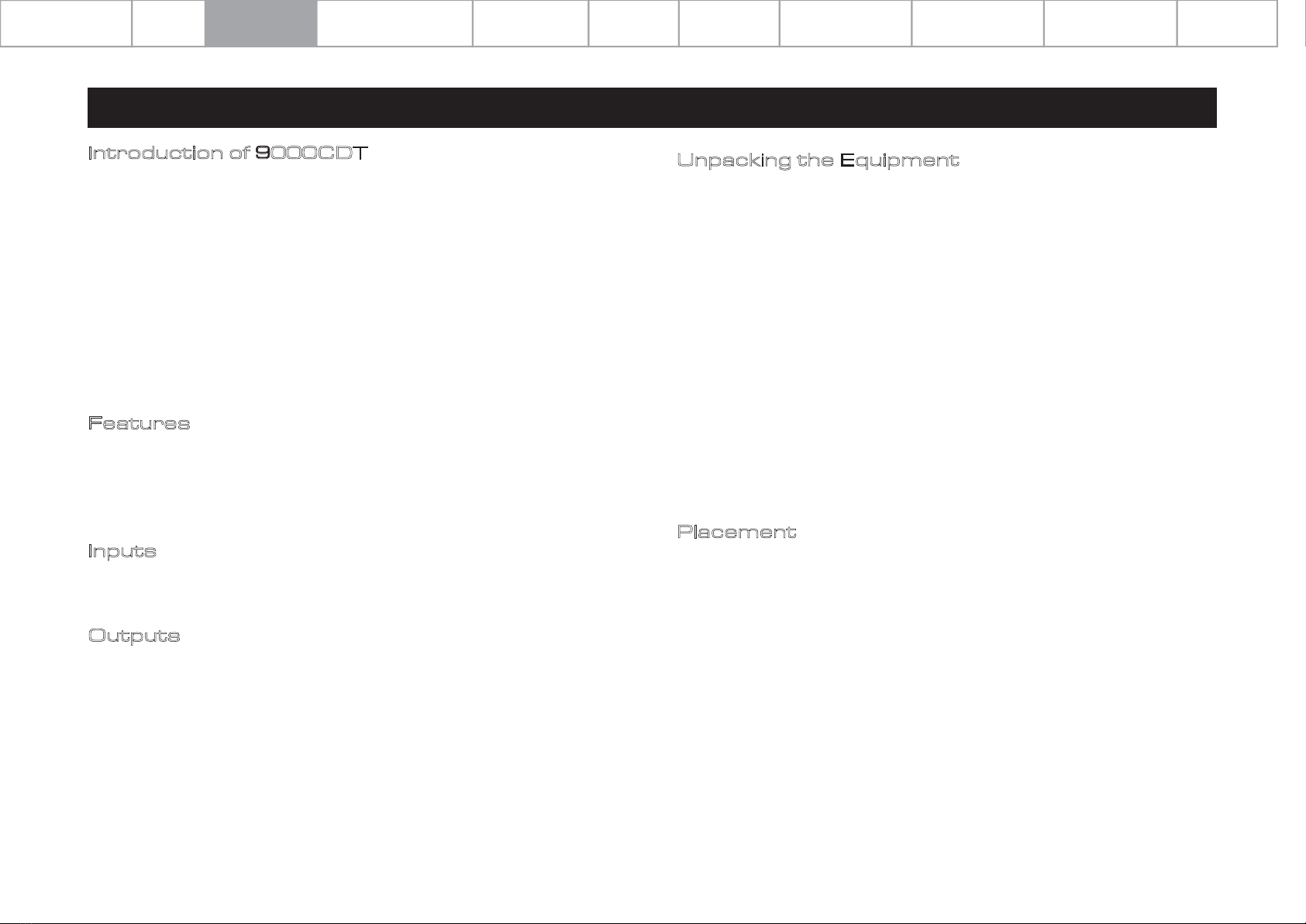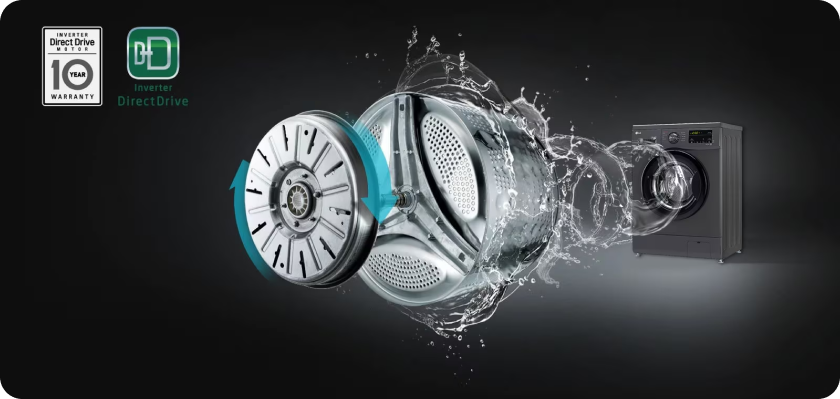Audiolab 9000CDT Manual
PDF manual · 18 Pages
English

Advantages and Disadvantages
Advantages

- High-precision transport with read‑ahead buffer for reliable CD playback
- USB HDD support for MP3, WMA, AAC, and WAV with simple navigation
- Clear 800×480 WVGA IPS display with adjustable brightness and animations
- Coaxial and optical 75Ω SPDIF outputs for clean DAC integration
- 12V trigger and auto source select streamline system operation
Disadvantages

- No built‑in DAC or analog outputs; external DAC/amp required
- 48 kHz USB files are resampled to 44.1 kHz; no hi‑res beyond CD rate
- USB limited to FAT12/16/32, single accessible partition, file/folder caps
- Only one coaxial and one optical output; no USB audio out
- Remote batteries not included
Ask a Question
Frequently Asked Questions
It’s a dedicated CD transport and USB HDD player designed to extract audio data accurately and deliver it via SPDIF to an external DAC or amplifier. It’s ideal for listeners who value precise CD playback and already own a quality DAC.
Is this answer helpful?
USB playback supports MP3, WMA, AAC, and WAV on FAT12, FAT16, or FAT32 drives. Only the top partition is accessible. Up to 65,535 files and 700 folders are supported. The USB port supplies 5V/1A and is not intended for charging phones.
Is this answer helpful?
Yes. The transport uses a high-precision optical system with a read‑ahead digital buffer that reduces disc-reading failures. This improves the chance of seamless playback from discs that may trouble conventional mechanisms.
Is this answer helpful?
It offers one coaxial and one optical SPDIF output (75Ω). Connect either to the corresponding digital input on your DAC, integrated amplifier, or preamp using a quality, fully shielded cable.
Is this answer helpful?
Load the official update files onto a USB drive, power off the unit, insert the drive, press the Standby button, then power on while holding as instructed. The 9000CDT will auto-update and confirm on the display. Remove the drive and restart.
Is this answer helpful?
Standby consumption is less than 0.5 W. Auto‑standby can be set to 20 minutes, 60 minutes, or never. A 12V trigger in/out enables synchronized power behavior with compatible components.
Is this answer helpful?
Product Description

Audiolab 9000CDT: Precision CD Transport for Modern Systems
A refined transport that puts sound first
The Audiolab 9000CDT is built for listeners who want the most from their CD library without compromise. As a dedicated CD transport, it focuses on extracting data with surgical accuracy and handing it off to your DAC or amplifier via coaxial or optical SPDIF. Its high-precision optical mechanism is supported by an electronic read‑ahead buffer that reduces disc-reading errors, meaning even lightly scratched discs often play flawlessly.
Thoughtful engineering, smart control
Beyond CDs, the 9000CDT plays music from USB HDD storage with support for MP3, WMA, AAC, and WAV. A full-view 800×480 WVGA IPS display makes navigation clear, with adjustable brightness, animations, and time-out options. Auto Source Select can prompt you to switch inputs when a CD or USB device is detected, while a 12V trigger streamlines power-up across matching components.
The included remote unlocks direct track selection, program playback, repeat and random modes, and quick access to menu settings. You can also tailor standby behavior to suit your routine, or perform a simple USB firmware update when improvements are released.
Built to integrate and last
With robust digital outputs (75Ω SPDIF) and meticulous clocking, the 9000CDT delivers a clean signal to your DAC. It’s substantially built (444 × 322 × 89 mm; 5.74 kg) with low standby power consumption (<0.5 W), reflecting Audiolab’s performance-first design ethos. For those searching for Audiolab 9000CDT Manual guidance, the essentials are straightforward: stable placement, correct regional power, and clean, shielded digital cabling.
Why it stands out
The 9000CDT continues Audiolab’s award-winning transport lineage with modern quality-of-life features. It is ideal for enthusiasts who’ve invested in a capable DAC and want a transport that preserves timing and detail, adds excellent disc error resilience, and offers convenient, legible control.
Notes
- USB playback supports FAT12/16/32; 48 kHz files are resampled to 44.1 kHz
- Requires an external DAC or an amp with digital inputs
- 12V trigger links power behavior with compatible components
- Remote uses 2 × AAA batteries (not included) \nThe available material contains no direct accounts from which to characterize strengths or shortcomings. In the absence of concrete entries, the portrayal remains deliberately neutral, with no basis to infer performance, reliability, usability, support quality, or long‑term value. What emerges instead is a framework awaiting evidence—an open canvas where practical experience will define the contours.
To shape a complete understanding, future observations should examine:
- Onboarding clarity and time to first success
- Day‑to‑day stability under typical and peak loads
- Feature depth versus simplicity, and discoverability of key actions
- Accessibility, localization, and inclusivity considerations
- Privacy practices, data handling, and security posture
- Responsiveness and empathy of assistance channels
- Documentation quality and self‑service resources
- Update cadence, regression handling, and transparency
- Interoperability with common tools and data portability
- Total cost of ownership, licensing clarity, and value realized over time
Signals that would be especially illuminating include quantitative metrics (uptime, response times, defect rates, and resolution SLAs) paired with qualitative narratives that surface friction points and moments of delight across diverse contexts—novice and expert, short‑term adoption and long‑term use. Until such evidence emerges, the most accurate characterization is cautious and open‑ended: a measured outlook that reserves judgment while inviting systematic evaluation to map strengths and weaknesses with precision.
Search for 1 Mio. Manuals online

Type-in Brand or Model





















